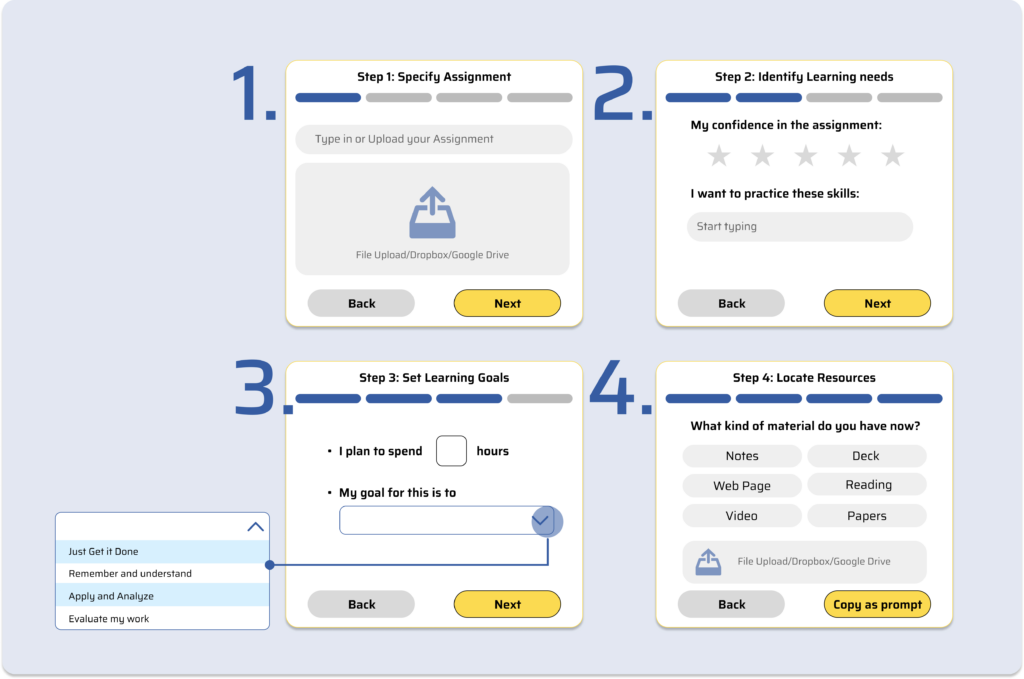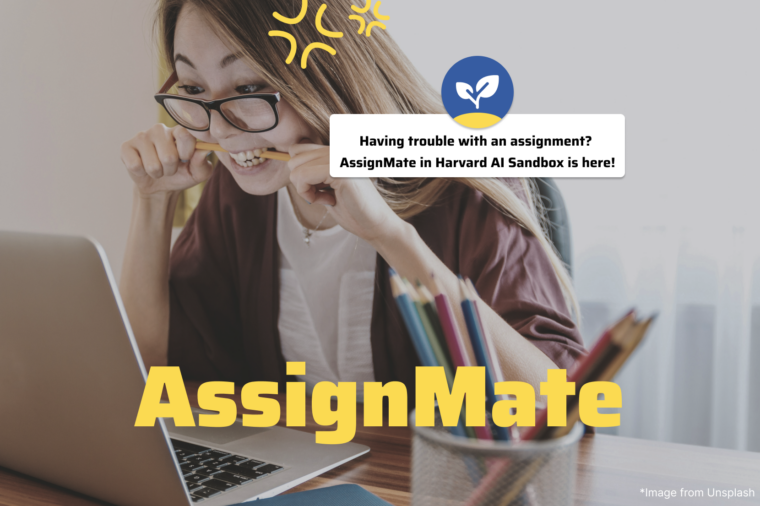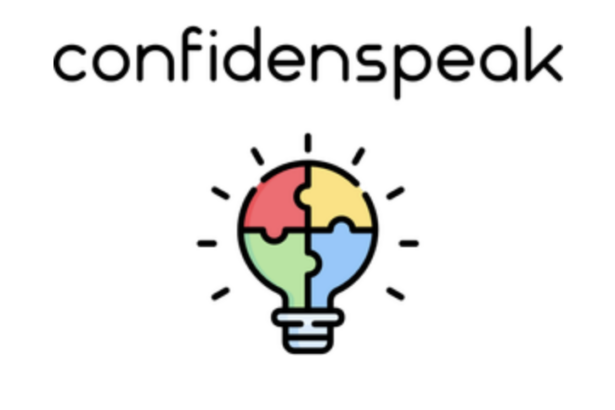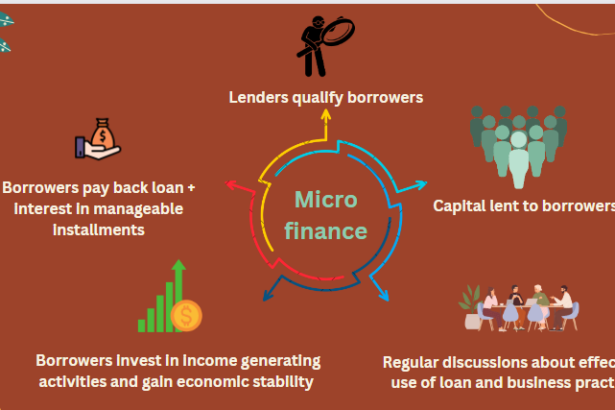Problem Statement: GPT or not?
The use of AI tools in learning has been triggering some contradictory feelings. While 89% of students in higher ed have used it to help with assignments, about 55% of them also think the use of AI tools on coursework counts as cheating. Evidence from interviews also shows that there is a need to scaffold students in after-class learning and AI usage.
I would say only 2% of my learning happens in class, so i need to work extra hard after class. This is when ChatGPT comes into place.
Eliot, 20 years old, Male, Psychology major
I don’t think it’s best to learn by myself. Sometimes I just need a tool to help me carry out efficient self-directed learning.
Leah, 28 years old, Female, Business major
Project Description
Unlike current AI homework helpers, AssignMate is an accessible, personalized, and learning-oriented tool that focuses on instructing users to break down the assignment into several parts and utilize the resources they have at hand(notes, readings, etc.) to optimize their learning outcome after class. It works as an extension of Harvard AI Sandbox, which is a Harvard internal version of ChatGPT.
Key Features
With the extension active in the Harvard AI Sandbox, the following four steps will help users be better prepared for their assignments.

Learning Design Insights
- AssignMate is designed to support higher-ed students through their journey in self-directed learning (SDL). It guides users through the initial steps of SDL: identifying learning needs, setting goals, and locating resources[1]. This scaffolding approach helps students become better equipped to apply SDL strategies when tackling their assignments.
- With AssignMate, students have the autonomy to set priorities and define their goals for each assignment. By incorporating Bloom’s Taxonomy[2], the tool encourages students to reflect on their learning needs and objectives, empowering them to select strategies that align best with their personal goals.
Key Takeaways
- This project began with my concern about our increasing dependence on ChatGPT for various assignments; at times, this reliance diminishes genuine learning. Through interviews, I discovered that reverting to a pre-GPT world is unlikely, and we must learn to coexist with this technology, whether we welcome it or not. Although my current effort steering users away from this convenient shortcut might seem counterintuitive, I believe it’s worth trying.
- As a potential next step, I’m considering utilizing voice interaction. By integrating the system with Amazon Alexa, the aim is to develop a desktop “study buddy” that assists users in creating tailored learning plans.
References
[1] University of Waterloo Centre for Teaching Excellence. (n.d.). Self-directed learning: A four-step process. University of Waterloo. https://uwaterloo.ca/centre-for-teaching-excellence/catalogs/tip-sheets/self-directed-learning-four-step-process
[2] Forehand, M. (2010). Bloom’s taxonomy. Emerging perspectives on learning, teaching, and technology, 41(4), 47-56.



